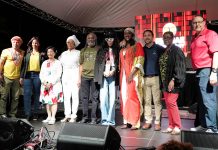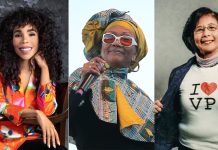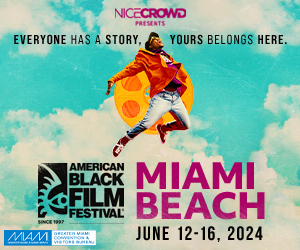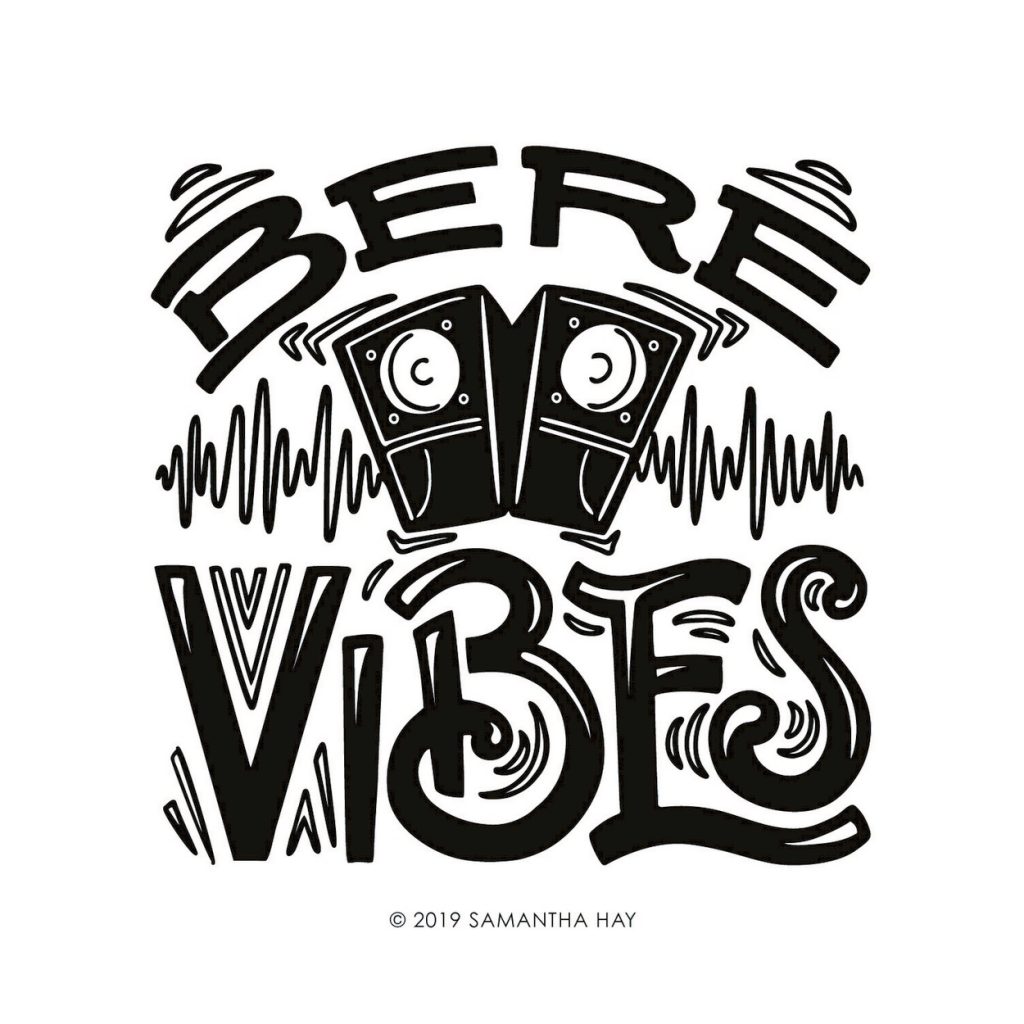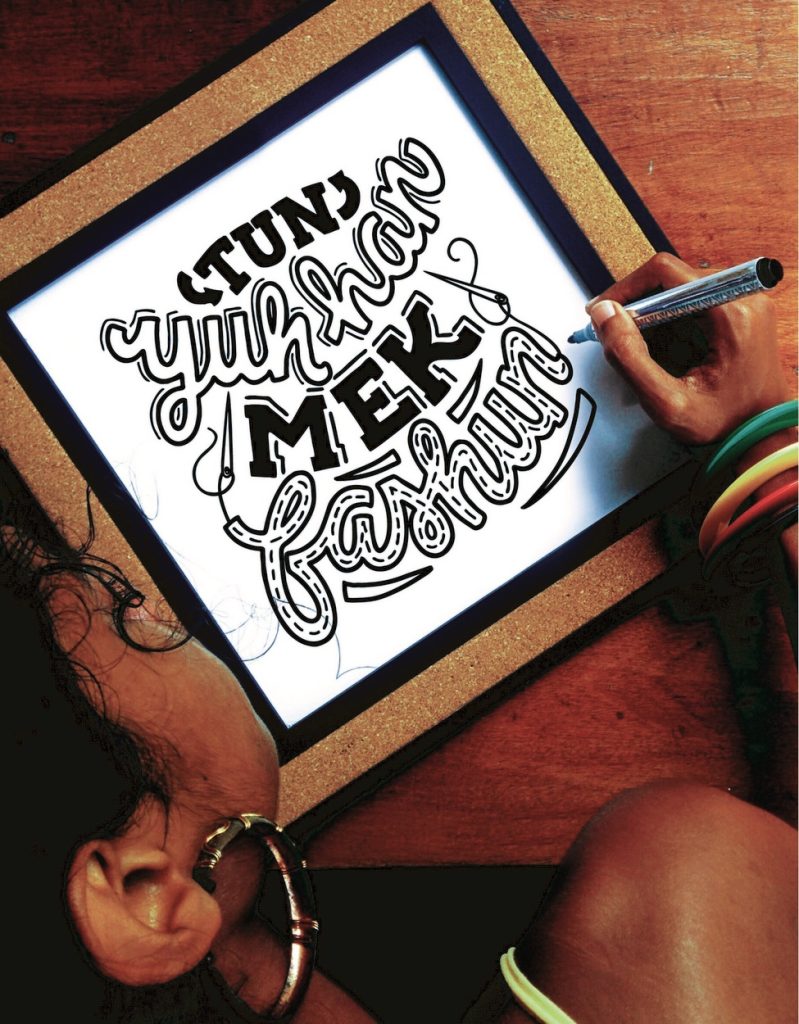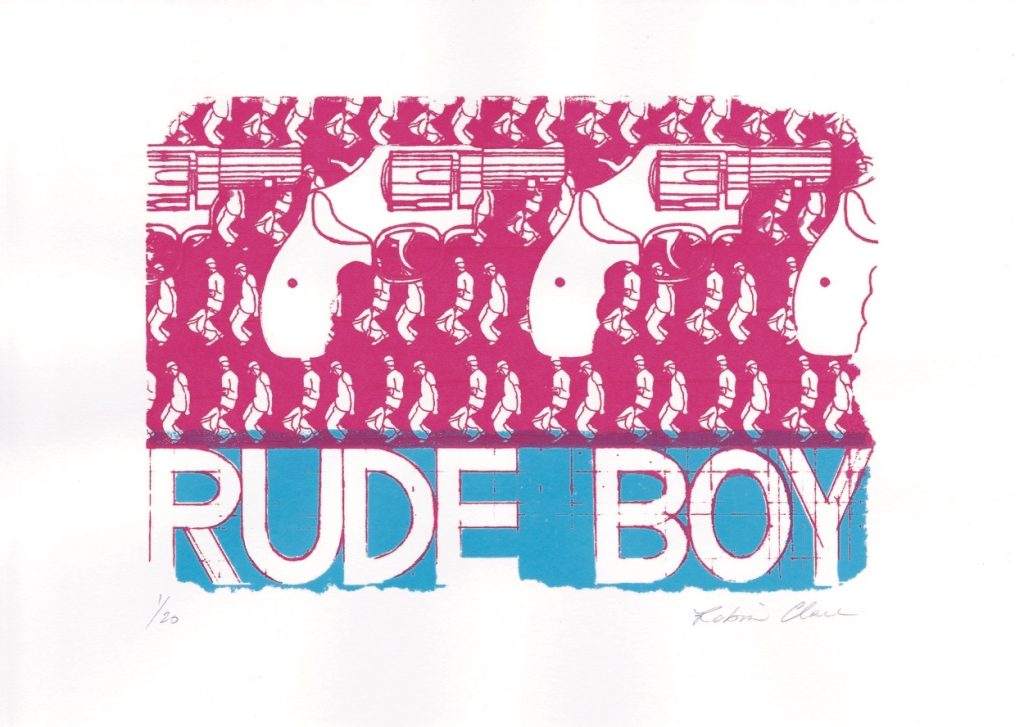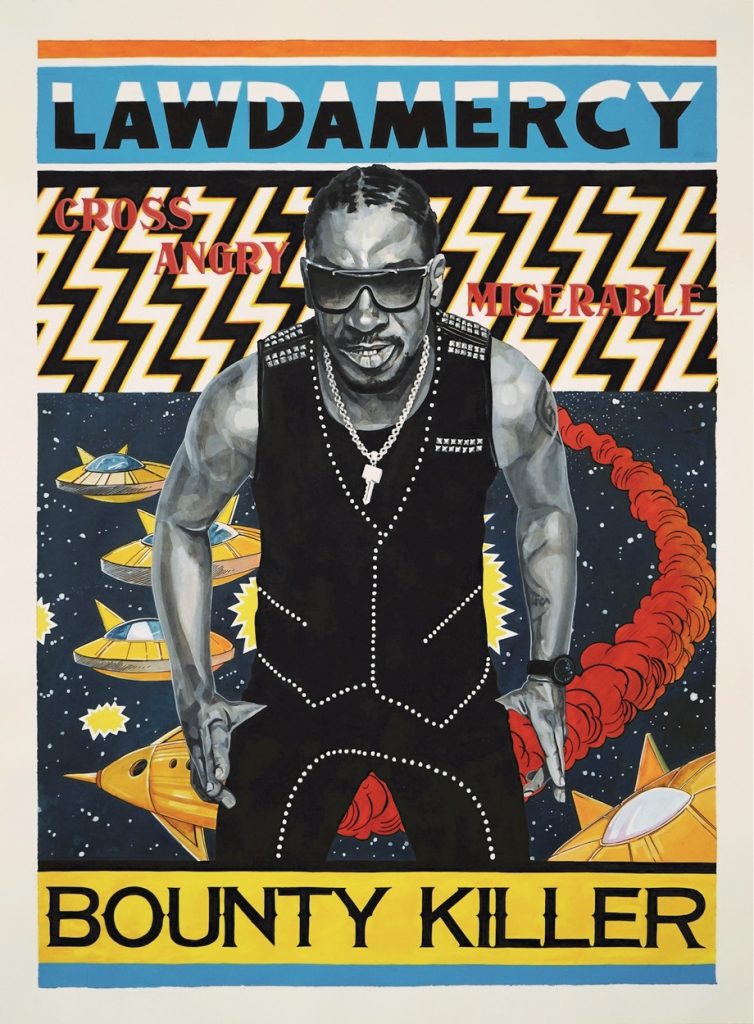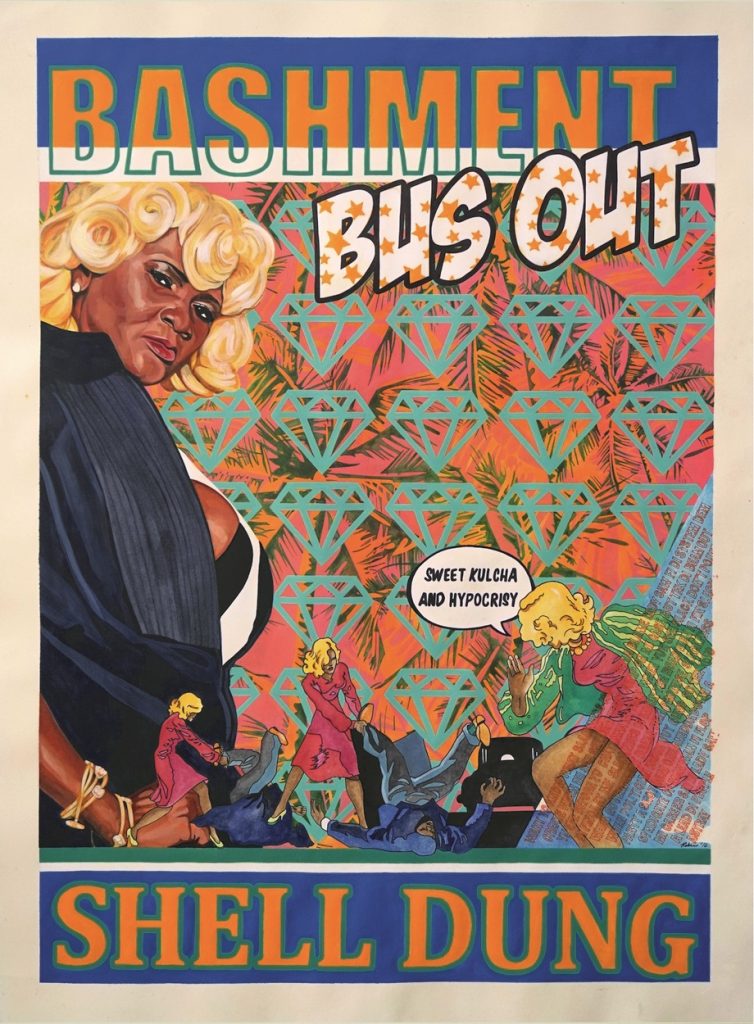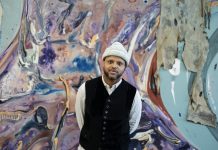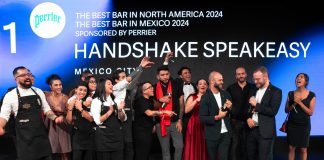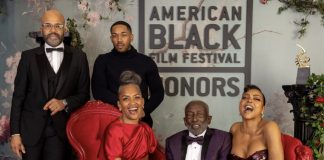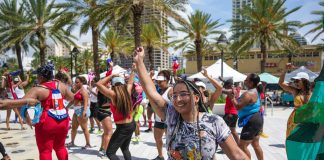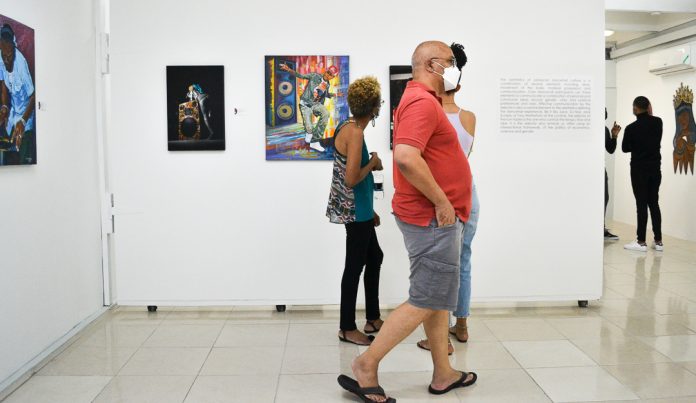
Dancehall culture represents more than just the music. The genre originated in the streets, corner bars, and, of course, dance halls of Jamaica. With the parties came the promotional posters — attention-grabbing sheets of street art stapled to telephone poles, their animated lettering, vibrant colors and playful graphics interwoven into the cityscape. Dancehall art posters are flourishing in new, innovative ways, as the next wave of creators explores different facets of the distinctive style.
Graphic Evolution
Jamaican party posters drew their popularity, in part, from their accessibility. “It was a way of being out there that everyone could afford,” said sign artist Rushane “Bug” Drummond. As these cultural canvases rose to prominence in the 1980s and 1990s, artists like Nurse and Denzil “Sassafras” Naar became two of the more popular creators. Known for their graffiti-esque lettering and use of color, they ushered in their own brand of notoriety. Later, as performers like Vybz Kartel became popular in the 2000s and as the dancehall ecosystem continued to evolve, we’ve seen those changes leak over to graphic marketing.
Drummond, known for his combination of hand-painted artfulness and prolific production, is among that next generation of creators. Coming from a family of artists, he apprenticed for a respected local one, Allan Thomas, before stepping out on his own. “It shows a culture. It’s blood, sweat and tears,” Drummond said about the importance of the tradition of dancehall art posters.
As we speak via Zoom, I can see his posters pasted to the ceiling behind him like a Sistine Chapel mural, capturing his reverence for the art form and its long history. One reads “Scrub-A-Dub Bus Ride” in white and seafoam blue bubble letters. Another one has the word “Flames” in yellow letters dripping into the shape of a lapping blaze. The collage tells a collective story of his work over time. “It’s not a thing that happened overnight,” Drummond said. “Each generation adds to the last.”
Making Statements
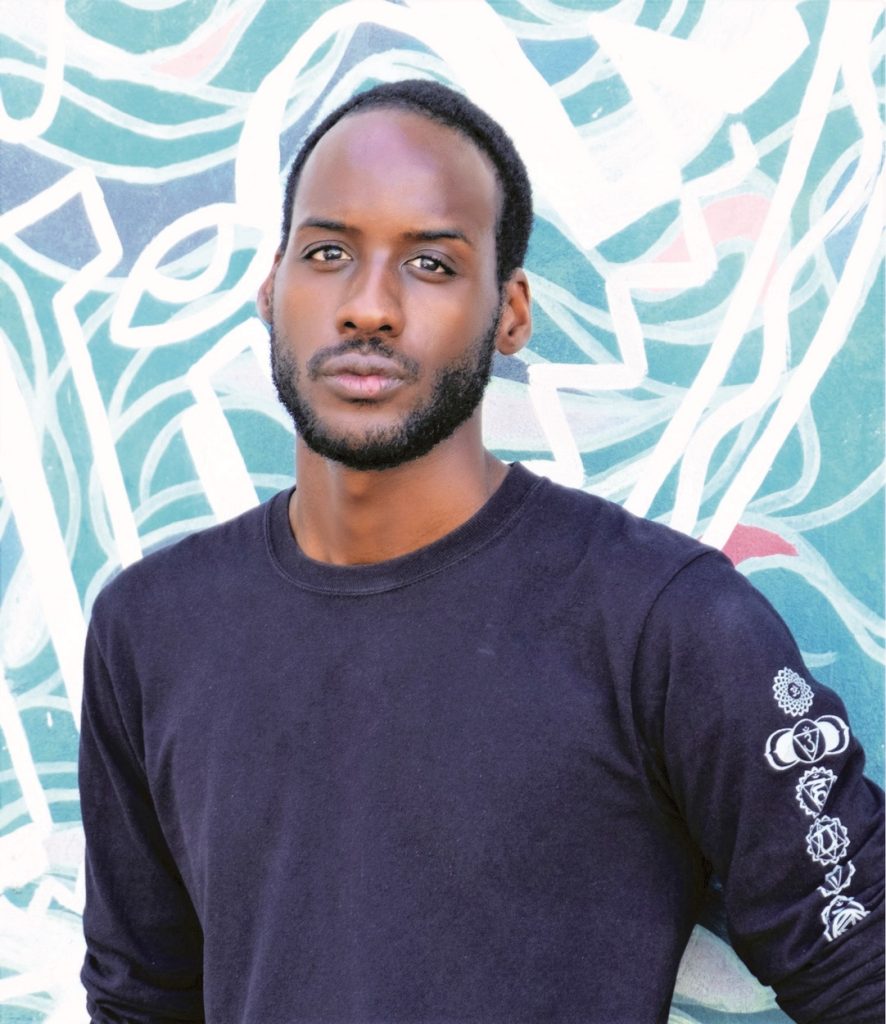
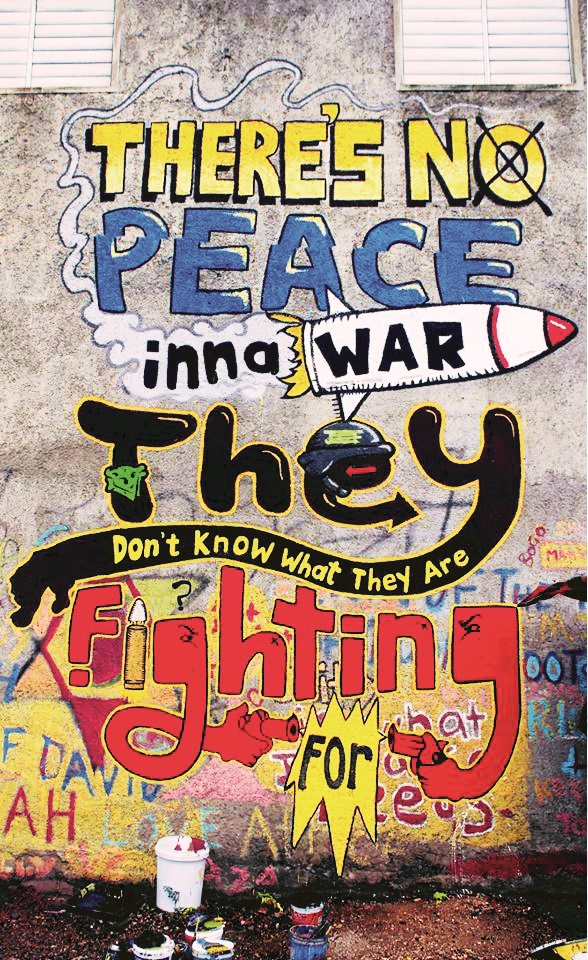
Photo: Yannick Reid
Multidisciplinary artist Matthew McCarthy revels in the style’s more rebellious side through his street signs, murals and installations. Critiquing social issues that affect dancehall and Jamaica as a whole, from inequity to violence, his designs portray intricately animated lettering spelling out patois phrases and folk idioms.
McCarthy, who grew up among carpenters, was drawn to public and street art by the images of independence that surrounded him. “Jamaica had a street art culture, and we weren’t just trying to do it like American culture. It was more that local people were trying to figure out a kind of place in public space.” Plastered on electrical poles, fences and walls, the art had what McCarthy describes as a “DIY punk mentality” inspired by the proximity to Rastafarian counter-establishment ideas. He and other artists help push the boundaries of dancehall culture. “There’s always a point in time where individuals have to break out,” he said.

With experimentation, dancehall art began to blend with and influence other mediums. As a graphic artist based in Jamaica who specializes in modern hand-lettered designs, Samantha Hay has found herself incorporating dancehall iconography into her work. Though her more minimalist approach primarily focuses on letters, they never sit still, swirling or vibrating throughout her compositions.
“A lot of people don’t realize that Jamaica has had extensive use of typography in our designs for many years,” she points out. “Dancehall posters really show typography as a unique form.” Hay eagerly adapts this homegrown pop art, despite its historical marginalization within the Jamaican arts community, because for her, nothing quite captures the spirit of Jamaican ingenuity like the language. As one of her designs declares, you must tun yuh han and mek fashun. “We look at what we have and where a lot of people see a lack, for us it inspires innovation,” she says.
Dancehall posters from graphic designer Samantha Hay feature unique typography designs.
Photo: Courtesy of Samantha Hay
The Mainstream and New Media
Jamaican poster art periodically gains mainstream recognition as an art form. In February, some of Hay’s work premiered at the “Cyah Stall: Dancehall Aesthetics, Language and Resistance” exhibition, which was co-curated by Winston Campbell and Katrina Coombs. They sought to curate artists who were pushing the envelope. “With the increased access to computer technology, we’ve seen more people getting into designs and the aesthetics have been shifting,“ said Campbell, his voice warm with fond memories of weekly dancehall parties from his youth in West Kingston.
He notes the influence of outside music cultures, like hip-hop and trap music, and the bling aesthetic. “It’s not so much about the information in a textual way, but the lavish lifestyle, flossing culture, and how to convey that through the imagery and the way that the text is presented,” he said. Coombs sees this evolution as integral to dancehall culture. “It is a rebellious music within our culture,” she said. “They are creative and not limiting themselves; and in terms of how they present themselves to the audience, the sky is the limit.”
Robin Clare is one innovator, bringing her dancehall-inspired art into the animation space. Originally from Jamaica and now residing in Australia, Clare said that after leaving the island, her art “was, in part, a nostalgic thing. Dancehall takes over your body and your mind, and you kind of want to live in the sound and the moment.”
Her work certainly captures that spirit. Like the original hand-drawn party posters, her designs are bright, two-or-three-tone animations with sharp, contrasting colors. GIF animation allows her work to showcase the movements and expressions of dancers mid-action: hips shaking, legs kicking, performing moves straight from the dance floor. She and other artists show a new dimension to dancehall artwork and imagery, using technology and social media to bring dancehall from the streets into cyber spaces.
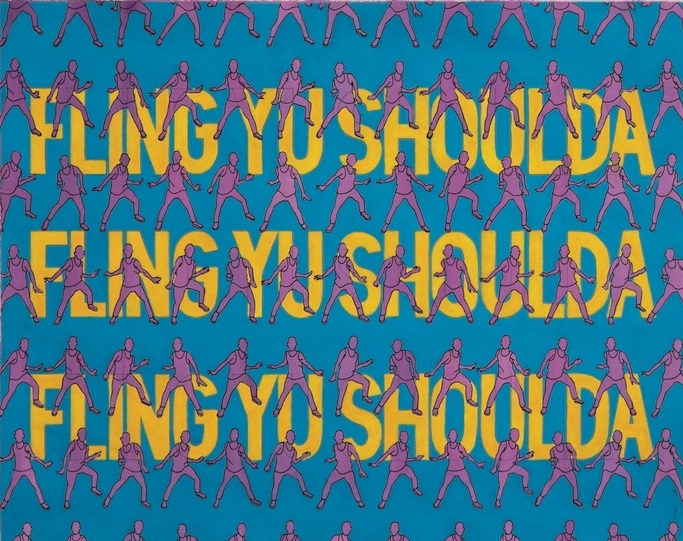
Still, even as dancehall art moves forward, it pays homage to the people that came before. Like the music that inspired it, the art form “is rebellious,” says Campbell. For Clare and the many lovers of this unique aesthetic, it is “a way to stay connected to home.”


















